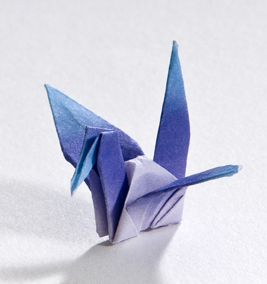The great majority of patients followed after therapy for pediatric ependymoma will have received high dose posterior fossa RT alone, however some may have been given craniospinal RT (treated many years ago when this was standard of care or treated for metastatic disease at presentation).
Here is a PDF (which can be printed) giving an example of the type of follow up necessary for a long-term survivor of ependymoma:
| Investigation |
Important aspects to assess: |
| History |
General:
- Current health, energy level, appetite, any new symptoms
- Social/employment situation
- Life style: smoking, alcohol and drug history
- Current medications
- List of physicians/HCPs following patient
|
After cranial RT, check for:
- Level of energy (hypothyroidism related to pituitary and thyroid damage is possible after high dose posterior fossa RT alone) and general health
- Visual problems
- Hearing difficulties and tinnitus
- Neurological symptoms (for example seizures, strokes and TIA type episodes)
- Change in short term memory
- Depression
|
After spinal RT, also check for:
|
After chemotherapy, check for:
|
| Examination |
Always Check:
- Blood pressure
- Weight and height (Body Mass Index: BMI)
- Examine neck to exclude thyroid nodules
- Check for sparse hair growth and alopecia within the previous RT field
- Skin within previous RT field (increased risk of basal cell carcinomas and rarely melanomas)
- Check for hypoplasia affecting the upper cervical spine and occipital region
- Neurological examination and signs of cerebellar dysfunction (ataxia, nystagmus and incoordination)
- Visual acuity, visual fields and fundoscopy
- General examination of respiratory, cardiovascular and GI systems
|
After spinal RT also check:
- Spine for scoliosis, kyphosis & short sitting height
|
| Neurocognitive testing |
- May be important to demonstrate problems with higher mental function in order to obtain vocational or recreational rehab or to be eligible for a disability pension
|
| Hearing Assessment |
- Audiology referral and testing should be organized every 1 - 2 years
|
| Blood work |
|
| Radiology screening |
- MR of the head every 3 years or so in long term follow up to exclude radiation induced meningiomas
- Ultrasound scan of the thyroid every 3 years after cranial and craniospinal RT
|
Specialist
follow-up |
Patient should be assessed by specialists in the following fields every 1 - 2 years:
|
| Supportive care |
- Family counselling
- Psychology
- Psychiatry
- Vocational rehab
|
| Other screening |
After spinal RT there is an increased risk of secondary malignancy:
- Patient should have early screening for colon cancer
- COG recommends that colonoscopy should be performed beginning at age 35 years or 10 years following
RT (whichever occurs last)
|
Early screening for osteoporosis (bone density)
|
| Advice |
ACTH deficiency:
- Survivors of ependymoma with hypopituitarism and ACTH deficiency need support with extra steroid medication during infections, surgery and illness
- Medic Alert bracelets are advised to warn about ACTH deficiency
|
Second malignant
neoplasms (SMNs):
The patient should be advised to seek immediate medical
help if:
- A new swelling (painless or painful) appears within the previous RT field as
this may be due to a SMN
- Severe, persistent headaches develop associated with possible nausea and
vomiting (may be associated with a new intracranial mass lesion)
|
Lifestyle:
- Advise about diet, exercise and lifestyle choices (such as smoking) which may further increase the risk of vascular disease
- Avoid sunburn, especially of skin within previous RT field. Use sun screen and wear a hat for protection of skin
- Diet should contain adequate number of dairy servings, Vitamin D and calcium to help prevent osteoporosis
- Previous spinal RT may be associated with spinal underdevelopment, scoliosis and increased risk of degenerative arthritis and osteoporosis - therefore survivors who had this therapy should avoid work which involves lifting heavy weights
|
Patient Information
COG Survivorship Guidelines |
|

